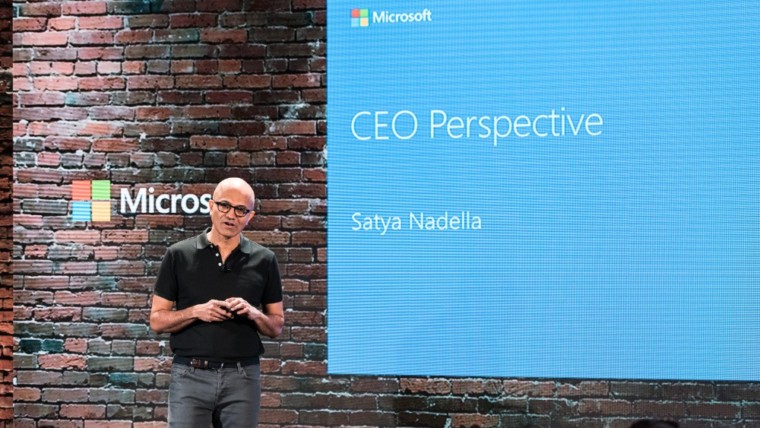Many companies claim that their talent is one of their most valued assets, but how many back that up with concrete actions? According to Laszlo Bock, head of Google’s People Operations, their TGIF (Thank God It’s Friday) meetings might have something to do with the company’s active and engaged employees. Here’s a snapshot of what goes on during these TGIF meetings that we’ve gathered from an interview with Bock:
- Upper management shares private information. According to Bock, Founders and most senior executives will stand up during TGIF meetings to share a recap of what happened over the week with the entire company. Bock explains that Google gives more information to its employees than what most companies would feel comfortable sharing, including a lot of information that would never be shared publicly. It can include anything from what’s happening with Google’s products to what they have learned from their mistakes or technical issues they’re facing. Google trusts its employees to use this information judiciously, which creates a sense of ownership and transparency in the company.
- An open Q&A session takes place. During this session, anyone in the company can ask any question, from asking about Google’s strategy in a particular country to asking about healthy options at the company cafeteria. Google uses a program called Google Moderator, where anyone can submit a question and everyone votes on it. This way, the founders and senior executives are getting the opportunity to hear the questions that are most pressing to the employees.
- Consistency builds confidence. The TGIF meetings take place every single week, which gives the employees a sense of consistency as to when they will hear from its upper management.
Published April 18, 2017








The Evolutionary Edge
Every Link Ever from Our Newsletter
Why Self-Organizing is So Hard
Welcome to the Era of the Empowered Employee
The Power of “What If?” and “Why Not?”
An Adaptive Approach to the Strategic Planning Process
Why Culture/Market Fit Is More Important than Product/Market Fit
Group Decision Making Model: How to Make Better Decisions as a Team